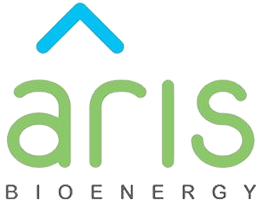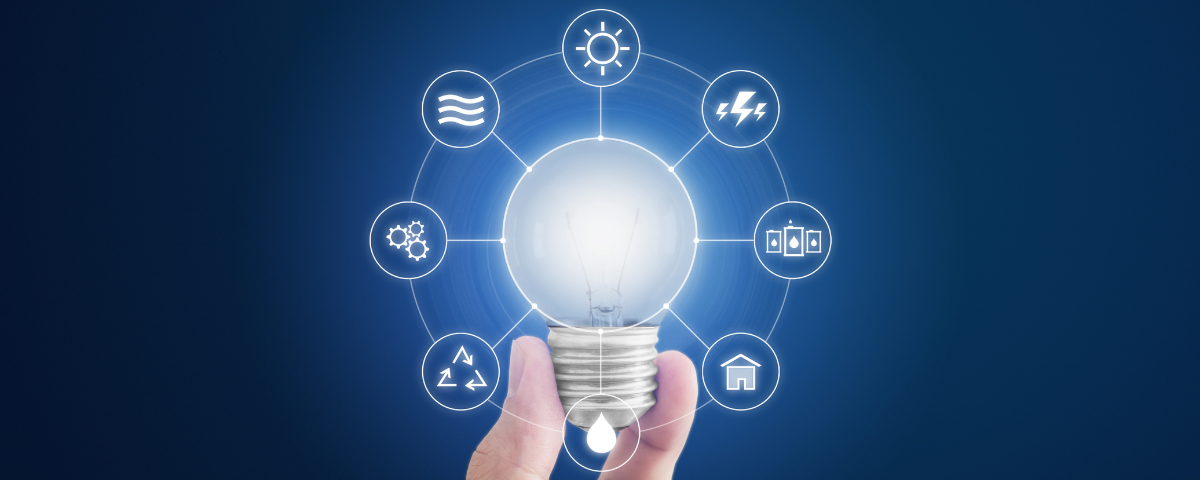Renewable energy refers to the energy that is procured from the earth’s natural resources, which are constantly replenished. For example, there is no dearth of wind and sunlight. Of course, the weather plays a significant role here. Renewable energy is an environmentally friendly alternative to traditional energy that relies solely on fossil fuels. Renewable energy is also referred to as ‘clean energy and there are different sources of producing renewable energy.
- Solar
Sunlight is an endless source of energy. Solar energy is produced by capturing sunlight’s radiant energy and transforming it into heat, electricity, and hot water. Photovoltaic (PV) technology uses solar cells to convert sunlight into electricity. The infinite availability of solar energy can help reduce the dependence on fossil fuels and also eliminate energy costs.
- Wind
The wind has been used as an energy source for centuries, from sailing ships to windmills etc. With consistent research and development, wind power has become popular and extremely efficient. In its early days, wind energy was one of the most expensive renewable energy sources. But now, with advancements in technology, the cost has gone down considerably.
- Hydroelectric
Most of us associate hydroelectric power with dams. Electricity or pumped-storage hydropower, as it is commonly known, is produced from the water which flows through the dam’s turbines. Hydroelectric power can be generated through both large-scale and small-scale water bodies.
- Geothermal
The heat that is trapped underneath the earth’s surface is referred to as Geothermal heat. Volcanic eruptions occur when a significant amount of this confined heat is released. Geothermal energy is produced by using the steam that emits from the heated water, which is pumping, beneath the earth’s crust. This form of energy is not as commonly used, as the other renewable sources of energy. Heavy infrastructural cost is involved in the generation of Geothermal energy, besides the exposure to earthquakes.
- Ocean
Wave energy is of two types, namely, thermal and mechanical. Warm water surface temperatures enable the generation of thermal energy. Mechanical energy is produced by using the ebb and flow of the tides, which is influenced by the earth’s rotation.
Wave energy is abundantly available and is independent of external factors, like the sun and the wind. However, wave energy can only be accessed by people who live near the ocean. Also, heavy machinery needs to be built near the ocean and this may disrupt sea life.
- Hydrogen
Hydrogen is not a self-sustaining gas. It is combined with other components, for example, oxygen to produce water. On being separated from another element, hydrogen can be used to generate electricity and fuel. It is a clean fuel and does not pollute the environment. Hydrogen can also be used for fuel cells, which are equivalent to batteries.
- Biomass
Biomass is organic matter which is procured from plants. For example, wood which is used in the fireplace is an example of biomass. Biomass helps in the production of Bioenergy. When used for energy production, biomass generates carbon dioxide, which is then consumed by the plants, thus creating a healthy and balanced environment. Generating BioDiesel from used cooking oil is giving duel benefits, As it prevents from water getting polluted by leftover cooking oil, and BioDiesel helps in curbing air pollution.
For more information chat with us 917304745554




